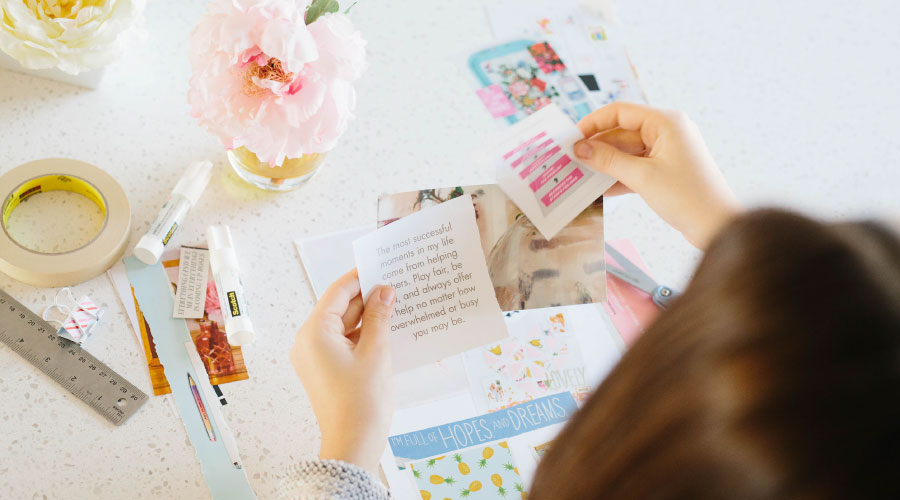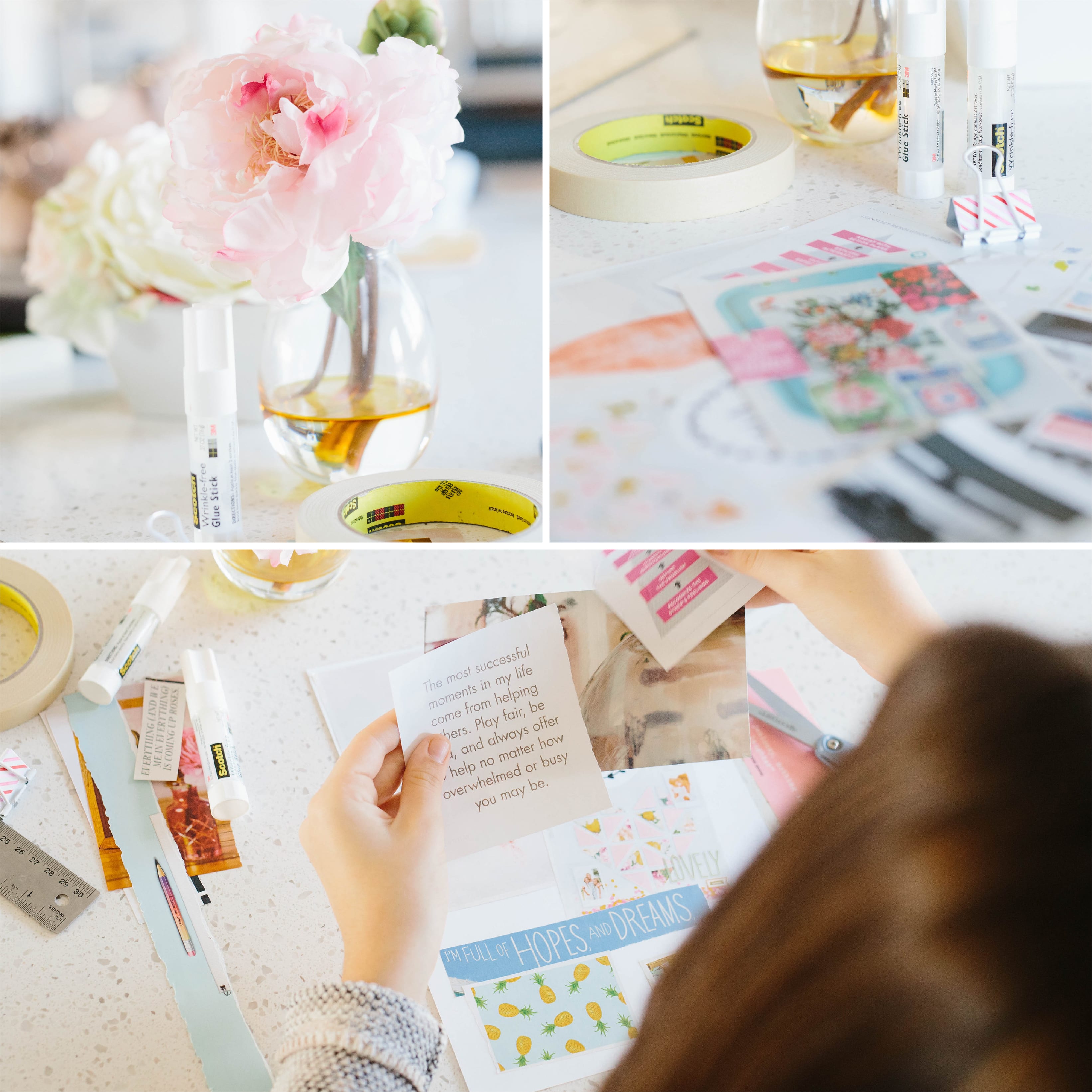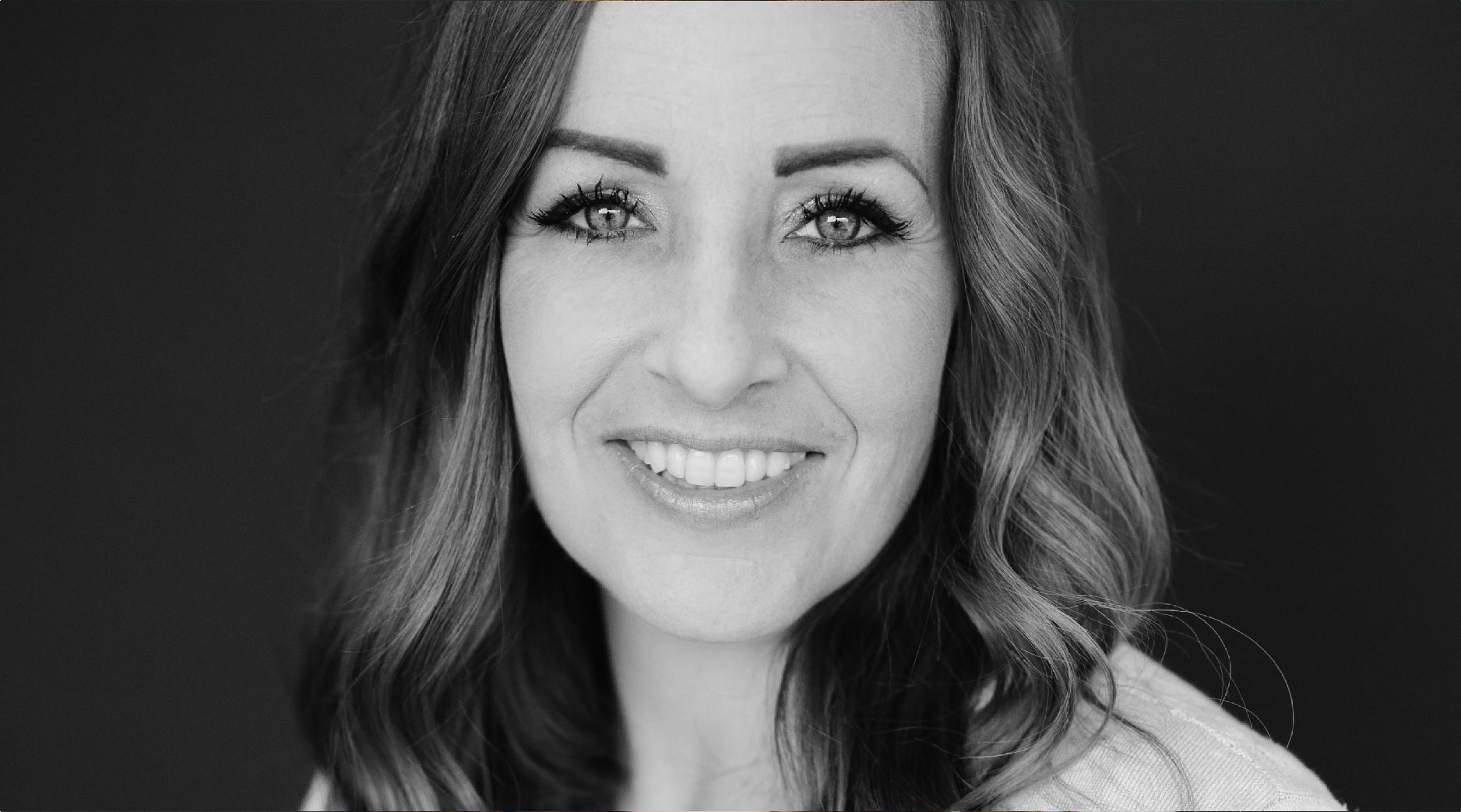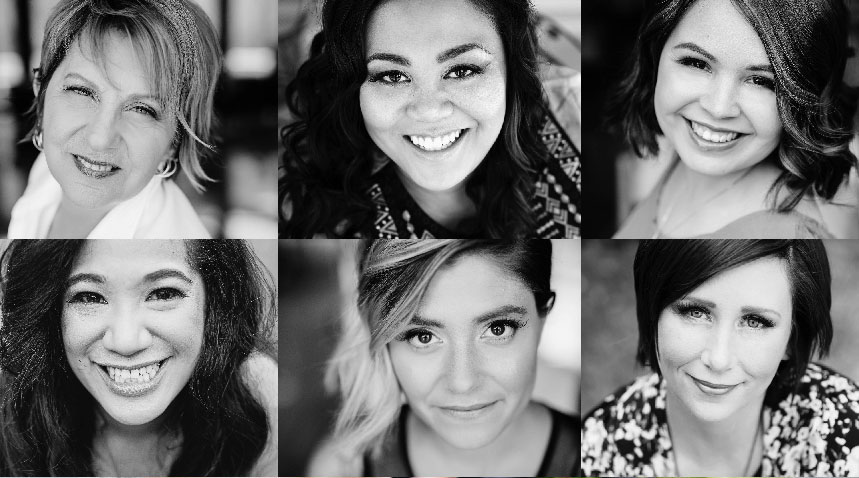Kintsugi: The Value of a Broken Bowl

Kintsugi: The Value of a Broken Bowl
I am kintsugi.Linda, past participant at the Saprea Retreat
The Legend of Kintsugi
A Japanese legend tells the story of a mighty shogun warrior who broke his favorite tea bowl and sent it away for repairs. When he received it back, the bowl was held together by unsightly metal staples. Although he could still use it, the shogun was disappointed. Still hoping to restore his beloved bowl to its former beauty, he asked a craftsman to find a more elegant solution.
The craftsman wanted to try a new technique, something that would add to the beauty of the bowl as well as repair it. So, he mended every crack in the bowl with a lacquer resin mixed with gold. When the tea bowl was returned to the shogun, there were streaks of gold running through it, telling its story, and—the warrior thought—adding to its value and beauty. This method of repair became known as kintsugi.
Kintsugi, which roughly translates to “golden joinery,” is the Japanese philosophy that the value of an object is not in its beauty, but in its imperfections, and that these imperfections are something to celebrate, not hide.
For a beautiful illustration of kintsugi, watch the video below:
Just like the kintsugi bowl, I am being restored.Janet, past participant at the Saprea Retreat
Kintsugi and You
That’s a nice story, you may be thinking, but what does it have to do with me? Imagine that your life is like a ceramic bowl. When good things happen, it’s like the bowl is being polished. And when bad things happen, it’s like the bowl is being dinged or scratched. Something like child sexual abuse could create significant cracks. The resulting trauma may even have left you feeling that your bowl had been broken into pieces. You repaired it as best you could, and, like the metal staples, maybe the ways you coped allowed you to be functional, but not utilizing your full potential. With kintsugi, every step you make toward healing is like gluing those pieces back together with gold. You feel more whole and complete.
Although the trauma in your past cannot be changed, it can be managed in ways where it no longer dominates your life. You may carry deep wounds that need validation and healing in order for you to move forward. With proper education, tools, and support, it’s not only possible but probable that you will be able to live a positive, productive, and empowered life. As you learn about how the brain responds to the trauma of your childhood, you can begin the process of putting the broken pieces back together.
The one thing that hit home for me more than anything else was having the chance to practice kintsugi. My bowl is a constant reminder that although I was broken, I am more beautiful now than I ever was. I just need to put the pieces back in place.Siobhan, past participant at the Saprea Retreat
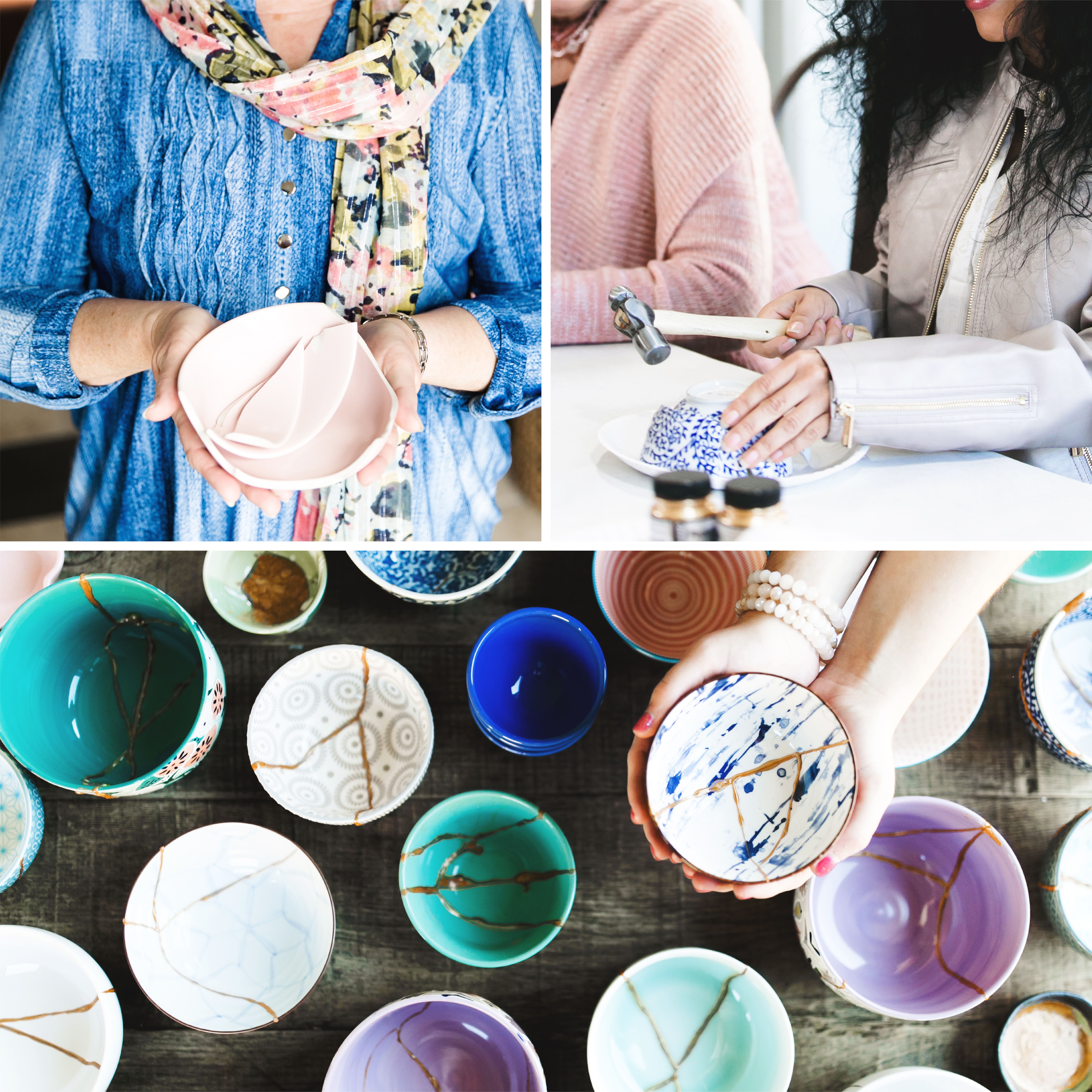
The Saprea Retreat and Kintsugi
When participants arrive at the Saprea Retreat, one of the first activities that they participate in is our version of kintsugi. They take a ceramic bowl and break it. Then they take the pieces and carefully glue them back together using glue mixed with gold-colored powder. It takes some patience, a little bit of practice, and the willingness to try over and over again to fit the pieces back together. This can be an incredibly impactful activity for a survivor and serves as a great way to begin or continue a healing journey.
As a metaphor, kintsugi takes on a different meaning for each survivor who participates in the activity. In some cases the bowl may represent their childhood. Others may feel that the pieces represent their broken trust. The ways kintsugi can apply to your healing journey is as individual as each survivor. Take this opportunity to think about what the metaphor of kintsugi can mean for you and where you currently are in your healing journey.
The activity that put a lot into perspective for me was the kintsugi project. It showed me that what was once broken can be mended and become something even more beautiful.Stephanie, past participant at the Saprea Retreat
Your Real-Life Kintsugi
Here at Saprea we understand that your experiences may be difficult to acknowledge or talk about because of the shame and stigma that often surrounds sexual abuse. There can be a lot of reasons to put off addressing your trauma and pursuing the healing that you deserve, but if you don’t face your past, you risk being held hostage by it.
Your wounds and healing are part of your history—a part of who you are. No matter what breaks you’ve experienced, your journey is beautiful. We don’t celebrate that you were abused, but we absolutely celebrate the wonderful person you are and will continue to become as you create your real-life version of kintsugi.
Share this Post

